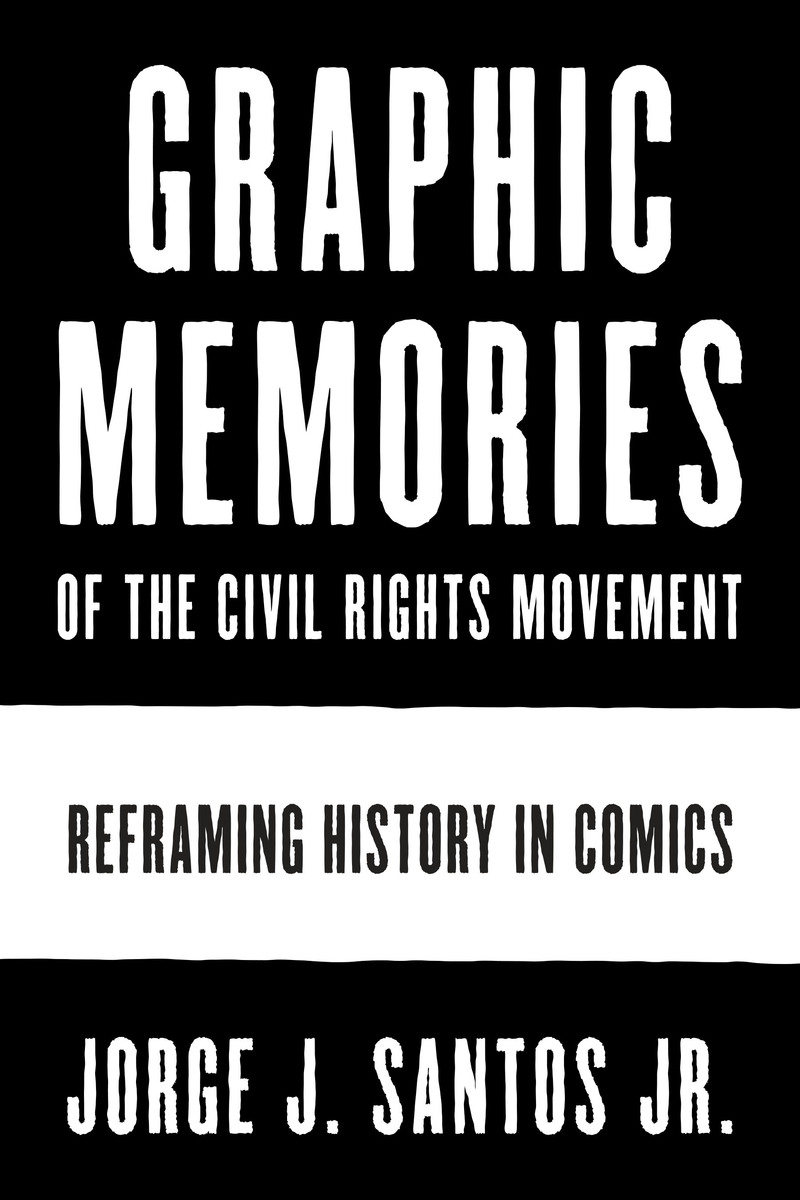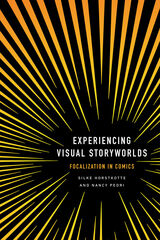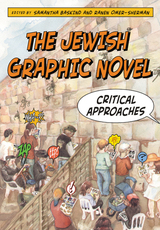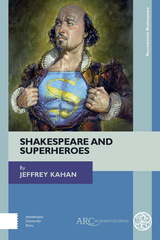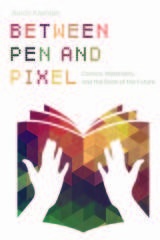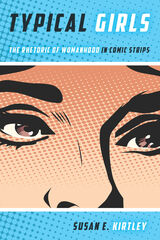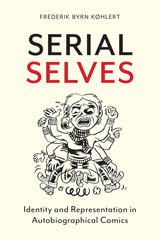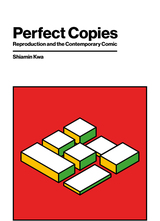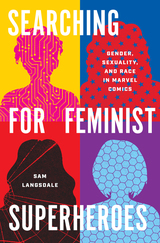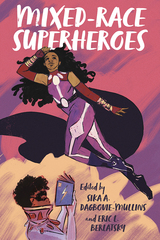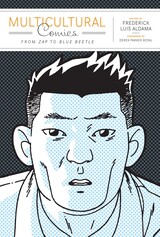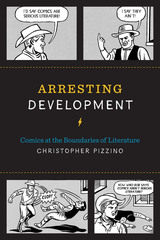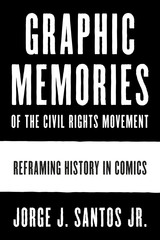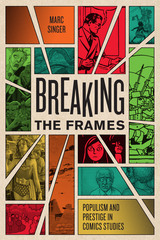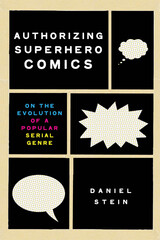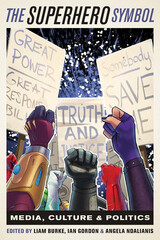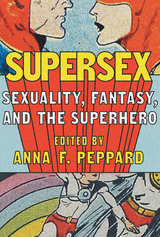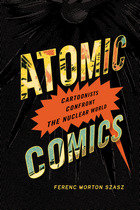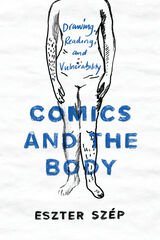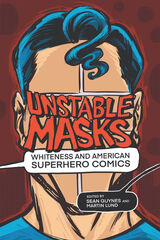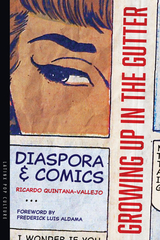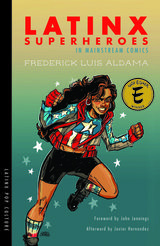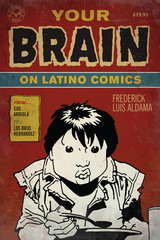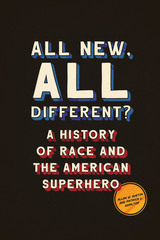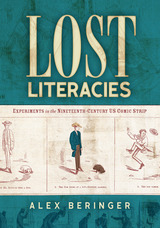An important and thoughtful work which has far-reaching impacts beyond the world of comics studies...Santos looks at five graphic novels and considers the X-Men series in an effort to look at how collective memory is constructed and the ways that comics can be particularly useful in retelling and re-contextualizing history.
— Smash Pages
[Graphic Memories of the Civil Rights Movement] refashions how the Civil Rights Movement can (and should) be remembered more accurately and completely through graphic novels…This is essential reading for comics teachers and also serves as a historical method 'refresher' for historians.
— CHOICE
Graphic Memories not only brings attention to gaps and problems within the collective memory of the Civil Rights Movement but contributes to the shifting perception of the role of comics in the reevaluation of historical discourse. Santos’s reading of the graphic novels is frank and rigorous and does not shy away from providing criticism. His book, which elicits essential questions beyond the field of comics studies, is a timely contribution to answering pressing matters on racial and minority justice in the U.S.
— International Journal of Comic Art
[A] well-researched literary and cultural study...This study should interest literary and historical scholars of civil rights narrative pasts in the United States as well as students of graphic novel forms generally. In particular, Graphic Memories helps explain the evolution of the graphic historical narrative form and the ways such narratives can help advance the popular study of U.S. civil rights generally.
— Labour / Le Travail
A delight to read...In Graphic Memories, Santos offers careful, critical analyses. He builds mountains of evidence for each claim...The pages of the book are full of rich details and thought-provoking insights that bleed off the page and have stayed with me after reading it. Santos shows why we should consider comic books as a site of interaction at which history is co-produced and why we should take history writing in graphic novel form and the analysis of it seriously.
— Visual Studies
Through an expansion of the visual and textual narratives that underpin consensus memories of the civil rights movement, Graphic Memories demonstrates how comics can be fruitful in reenvisioning the history of civil rights in various ways...Graphic Memories is an intensely readable and accessible text, with clear explication of both comics theory and civil rights history alike...Graphic Memories is an important contribution to both comics scholarship and civil rights history.
— Inks: The Journal of the Comics Studies Society
Graphic Memories of the Civil Rights Movement is an important text for anyone working to understand the construction and political use of historical narratives, whether comics and graphic narrative were initially on your radar or not. For those of us that do work with comics, Santos has offered a crucial insight of the power of subjectivity and multiple coexisting temporalities that help us expand the/our archive...incredibly important for those of us who see comics as a site of radical potential for anticolonial storytelling.
— Journal of Graphic Novels and Comics
This is the first book to deal explicitly with issues of racial justice, history, and historical memory in non-superhero comic books (with a dash of X-Men thrown in at the end). It is intellectually and emotionally involving, immersing its audience in close readings and contemplation of strikingly beautiful and provocative art and asking them to ponder some of the most important moral and humanitarian issues of our time--and of all times.
— Marc DiPaolo, Southwestern Oklahoma State University, author of War, Politics and Superheroes: Ethics and Propaganda in Comics and Film
Aimed at readers captivated by the visual nature of comics, this book is very adept at the critique and discussion of imagery and graphic aspects of the texts, rather than just the story or plotline. Jorge Santos’s work represents a great contribution to the adoption of graphic narratives as a critical tool for the assessment of historiography and media literacy.
— Héctor Fernández L'Hoeste, Georgia State University, coeditor of Redrawing the Nation: National Identity in Latin/o American Comics
[Santos] is a careful observer with much to say. Particularly notable is his analysis of authorial and artist perspectives, encompassing the views of the comics’ protagonists and of the artist’s visual techniques...[Graphic Memories of the Civil Rights Movement is] a volume with much intense observation.
— Journal of American History
